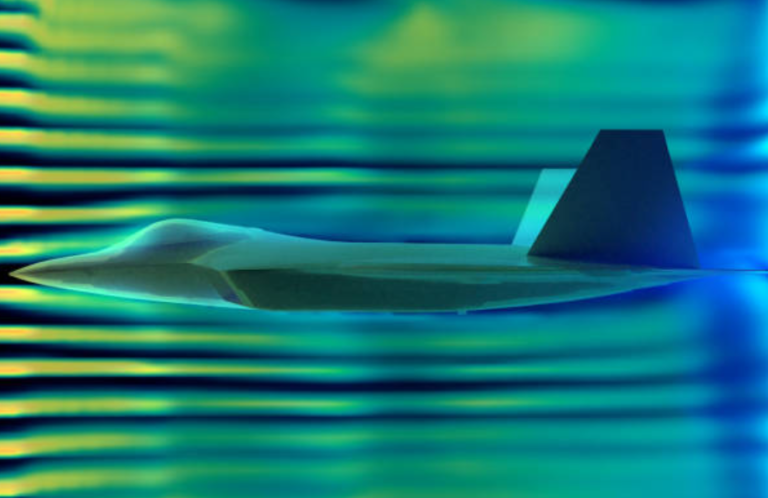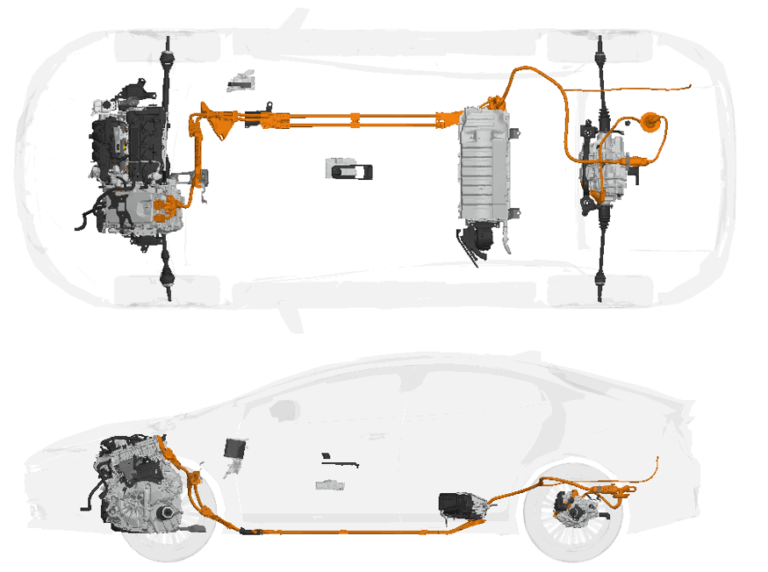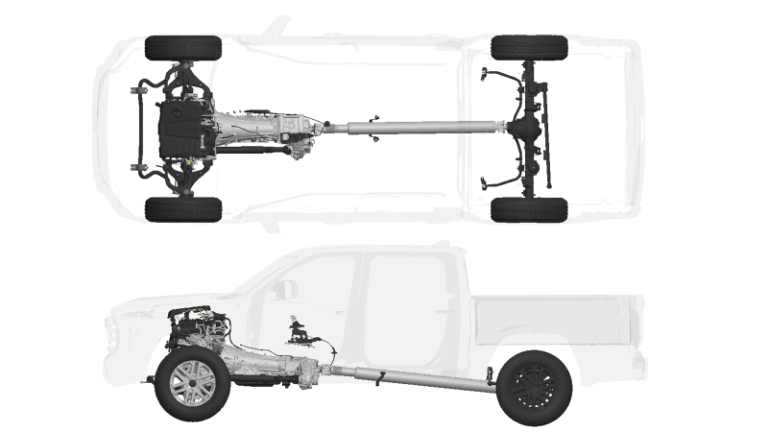Thermodynamics- Gibbs free energy
In thermodynamics, Gibbs free energy (often referred to simply as Gibbs energy, symbolized as G) is a thermodynamic potential that quantifies the maximum non-pressure-volume work achievable by a thermodynamically isolated system at constant temperature and pressure. It also serves as a criterion for processes, including chemical reactions, that can occur under these conditions. What is…









